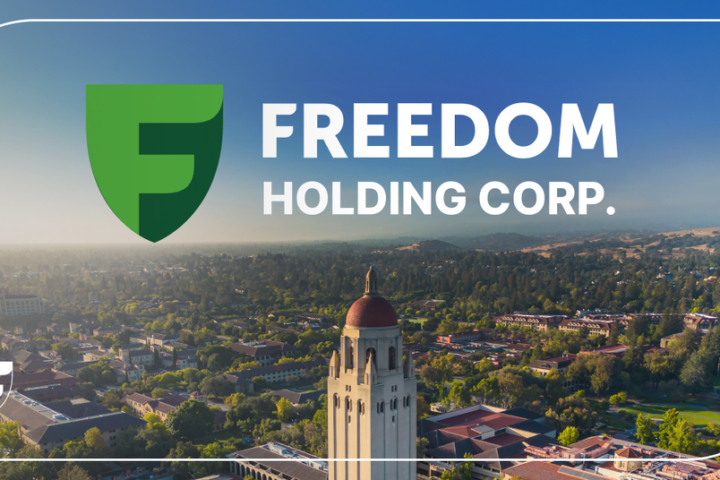.jpg) Cyprus has released images of the first orange-coloured test flare from the offshore oil and gas exploration by Noble Energy in Block 12 of the Exclusive Economic Zone, adjacent to Israel’s resource-rich Leviathan field, with experts suggesting it contains a high grade of methane, making it cheaper to process and export.
Cyprus has released images of the first orange-coloured test flare from the offshore oil and gas exploration by Noble Energy in Block 12 of the Exclusive Economic Zone, adjacent to Israel’s resource-rich Leviathan field, with experts suggesting it contains a high grade of methane, making it cheaper to process and export.
Local media covered the news extensively on their front pages on Thursday morning saying it was a historic moment that confirmed the existence of substantial natural gas deposits.
 With confirmation drilling expected to continue and other exploration companies starting their own testing next year, Cyprus is expected to export its first consignments of natural gas after 2018.
With confirmation drilling expected to continue and other exploration companies starting their own testing next year, Cyprus is expected to export its first consignments of natural gas after 2018.
“Everything is progressing normally with respect to the production test of natural gas that begun on Wednesday at the Aphrodite A-2 field,” said Charles Ellinas, executive president of the state National Hydrocarbons Company (KRETYK).
According to an official statement by the Ministry of Energy, Trade and Tourism, the production test on board Noble Energy’s exploration rig ENSCO 5006 is scheduled to last about five days, after which the source will be sealed and the platform will move on to its next assignment, probably in nearby Israel.
Ellinas added that by the end of September “we will know whether a second confirmatory drilling is required or not”.
Houston, Texas-based Noble Energy operates Block 12 within the Cyprus EEZ, the first gasfield awarded to international exploration companies, with average estimated reserves of 7 trillion cubic feet. Other successful licensees include French Total, South Korea’s Kogas and Italy’s ENI.
Noble has a 70% working interest in block 12, named Aphrodite. Two Israeli companies, Delek Drilling Ltd. and Avner Oil Exploration Ltd. each own 15% and all three are also partners in Israeli gasfield explorations. In June, the Cyprus government also signed a memorandum of understanding (MoU) with the companies to study the construction of a landside liquefied natural gas (LNG) terminal at the Vasiliko energy hub, with Total and Kogas already pledging to participate in the production trains of the natural gas liquefaction plant.
The terminal could also serve Israeli gas exports, while officials in Lebanon, that has yet to conclude gasfield delineation agreements with Cyprus and Israel, have suggested that exports of their own offshore natural gas finds could also be a possibility.
In any case, Energy, Commerce, Industry and Tourism Minister Giorgos Lakkotrypis, addressing the German Marshall Fund think tank in Washington, said Cyprus’ vision was to become an energy hub in the Eastern Mediterranean, contributing to the geopolitical stability and economic growth in the region.
A solution to the Cyprus problem would be a huge boost to the Cypriot economy, Special Advisor to the Secretary General of the United Nations Alexander Downer said in statements after a meeting on Wednesday with Cyprus President Nicos Anastasiades.
In an article published in the quarterly Oxford Energy Forum, KRETYK’s Charles Ellinas suggests that the reserves in the six gasfields licensed to Noble, Total, Kogas and ENI could total about 1.1 trillion cubic metres or 38.9 trillion cubic feet.
He said that with natural gas accounting for about a third of all fuel needs for worldwide electricity production by 2040, the demand for LNG or natural gas supplies will also increase in Europe, rising by about 100 bcm a year from 2025, with nearly 35% presently supplied by Russia alone.
China, Ellinas said, will require 140 bcm a year, despite the growing interest for shale gas.
By 2025, as supplies from the eastern Mediterranean gradually reduce Europe’s dependence on Russian natural gas, “Cyprus could export about 35 bcm of LNG, rising to 50bcm a year if the liquefaction plant at Vasilikos reaches maximum capacity.







